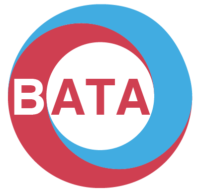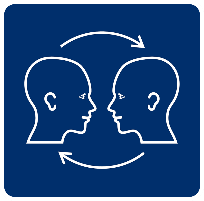A Communication Passport provides a practical and person-centred approach to passing on key information about people with complex communication difficulties who cannot easily speak for themselves.
A Communication Passport does this by:
- Describing the person’s most effective means of communication, so that others can be better communication partners
- Drawing together information from past and present, from many people who know the person, and from different contexts
- Presenting the person positively as an individual, not as a set of ‘problems’ or disabilities
A communication passport is a way of supporting a vulnerable person with communication difficulties across transitions, drawing together complex information (including the person’s own views, as much as possible) and distilling it into a clear, positive and accessible format. This helps staff and conversation partners to get to know the person with communication disabilities. They can then interact/respond consistently to help the person make sense of events and get the best out of what communication abilities they do have.
A communication passport is a vital tool in ‘joined–up’ inter-agency planning and working. It promotes partnership with families, and is an excellent a way of implementing and recording consultation/participation of the individual.
The communication passport belongs to the person – not to staff or family, though they may help him or her to use it appropriately, and update it. Passports are especially important at times of transition, when new people come into the person’s life and information may not be passed on. They are also helpful when new or temporary staff or volunteers meet the person, helping them quickly to acquire key information, or for example, introducing a person to a new foster family. The process of creating a passport can help in the process of assessing people and their needs, and in identifying gaps in assessment.
Resources
CALL Scotland (who we thank for the above description) provide templates for producing communication passports using Boardmaker and Microsoft PowerPoint.







